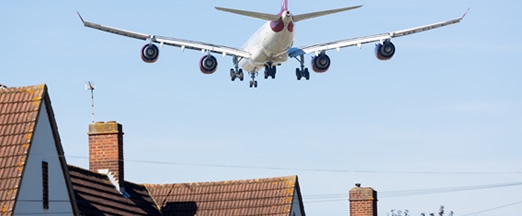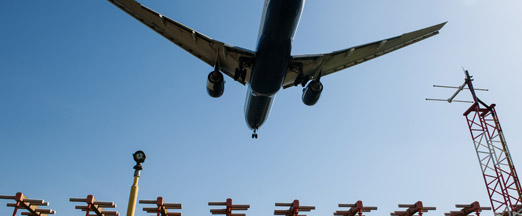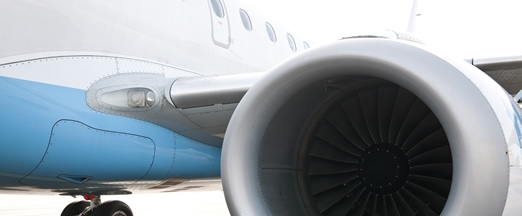Measuring and reducing aviation noise
21 July 2014Aviation Noise is by far the most emotive topic around airport expansion, where battle lines are drawn in the form of noise contours, and entrenched positions on Government policy and residents’ rights to peace and quiet have resulted in a stalemate.
However, advances in technology mean that this status quo will not remain. Aircraft are now capable of flying well inside of the predefined navigational corridors we’ve always had to follow and with far greater precision than ever before. It is also possible for aircraft to follow accurate climb profiles that are individually tailored to optimise fuel burn and cause less noise disturbance.
The noise patterns we live with today, which affects a wide swathe of the population who live around airports, is caused by a number of factors including weather, human and aircraft performance. However, new precision navigation technology builds in predictability, and doing so, seeks to minimise the current impacts of aviation noise exposure.

The three largest London airports, Stansted, Heathrow and Gatwick are required to measure breaches of noise abatement procedures caused by airlines, including track keeping accuracy. A significant amount of money is also spent reassuring the public that their complaints are fully investigated. The systems airports use for this monitoring can be expensive, are scientifically accurate but can be limited in terms of coverage and ability to measure the noise generated by the same aircraft at multiple points along its departure route.
For departure noise infringements aircraft noise is monitored at 6.5km from the start of the aircraft’s roll on the runway. Some other noise monitors are often deployed elsewhere to supplement these measurements. But the expense of these monitors can limit the number of locations surveyed, meaning that we know less about the noise generated by a stepped climb, an offset track or weather effects for instance. Conversations based on facts become very difficult when the costs of establishing the facts cause deadlock.
So what is the alternative?
Advances in low-power electronics, batteries and solar panels mean it’s now possible to deploy noise sensing equipment anywhere, and without a trained operator to supervise the measurement. By flooding an area with sensing equipment, it’s possible to not only generate a contour map of noise caused by aircraft, but a map that takes all background noise into account.
Noise complaints for flights operating in and out of airports generally come from numerous locations, from residents inside and outside of any reported noise contours. As an industry that seeks to deliver sustainable growth in traffic whilst maintaining harmonious relationships with our neighbours, we should be striving to innovate noise measurement, to make the best decisions we can based on facts, not theory or modelling of noise.

NATS is pioneering work with UK-based innovator in environmental sensing equipment, Envirowatch. Through their expertise and experience, we have jointly developed a self-powered sensor unit that is capable of being deployed wherever necessary to measure noise. These low-cost units require nothing more than daylight, passively gathering the facts under any flight path in both rural and urban neighbourhoods, and can also be used for many other noise gathering purposes in respect of road and rail transport links.
What does this mean for the future?
Can we design approaches and departure routes that track the major ground-based noise sources so that no-one notices? Or can we weave a path between the major population centres with aircraft climbing predictably without the on-off noise generated by a stepped climb? Can we optimise fleet and route schedules so that the quietest aircraft operate in the quietest times of the day?

NATS is researching new measurement techniques with Stansted Airport, where precision navigation trials are under way in parallel with traditional departure routes. The data we gather from this will inform future designs, by promoting fact-based evidence alongside the concerns of residents to ensure that we can deliver the best possible solutions.
Comments
Please respect our commenting policy and guidelines when posting on this website.




01.10.2014
17:36
J.Vernon
Why avoid towns ? The noise impact is far worse in quiet rural areas where there is no background noise.where we live in rural Surrey / Sussex we get a ‘double whammy ‘of both Heathrow and Gatwick aircraft overflying ,so there is little or no respite from the continuous ‘whine’ of jet engines.
06.10.2014
10:18
Paul Haynes
As someone who used to live in a quiet West Sussex village but now sits directly under the new arrivals Flightpath into Gatwick created by GAL and NATS I fully agree with the comments made by J.Vernon.
21.07.2015
08:38
Lisa Whitehouse
Every day through the Summer we have low flying aircraft every 2 minutes directly over our home, which used to be quite quiet. How can you get away with this level of noise pollution?